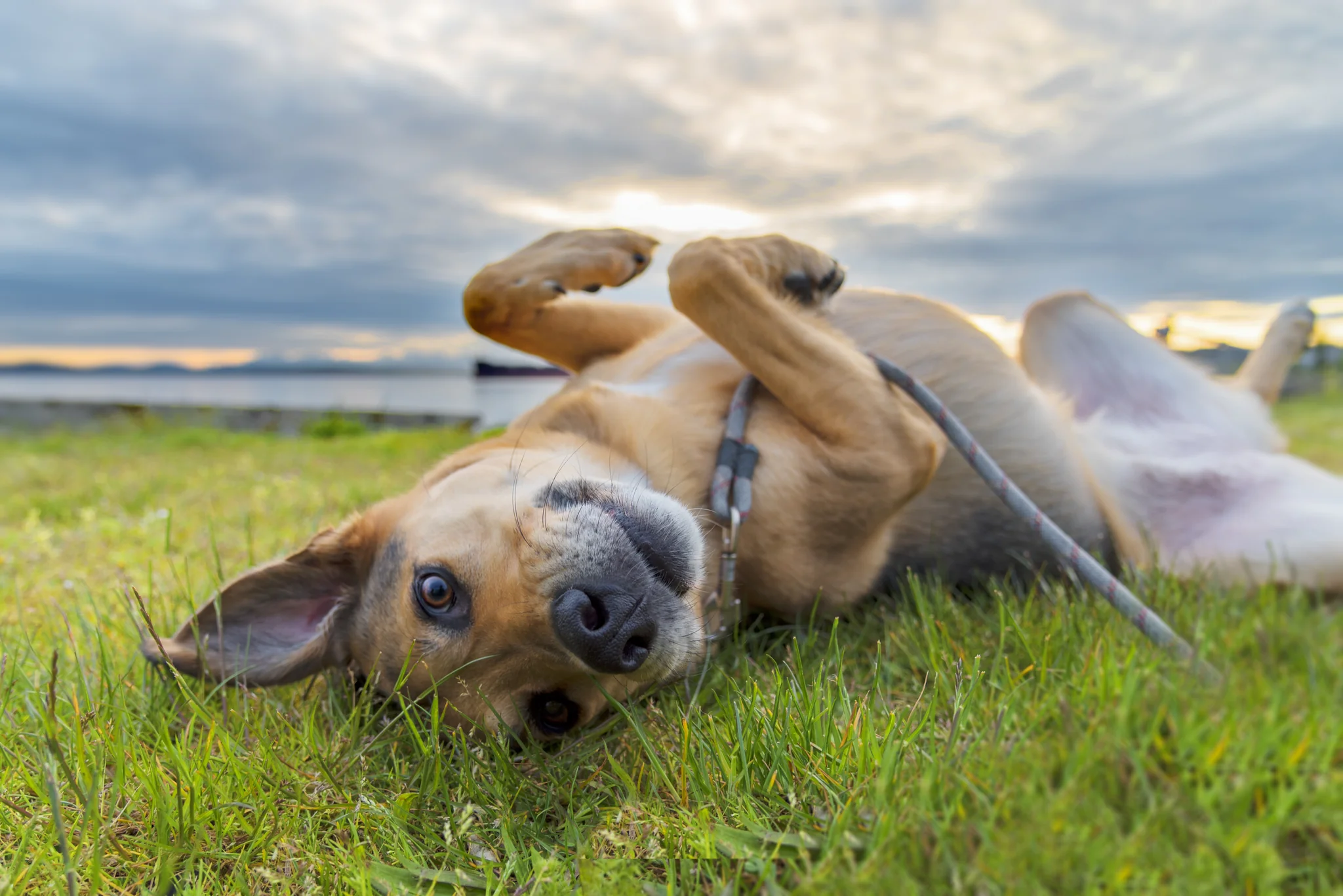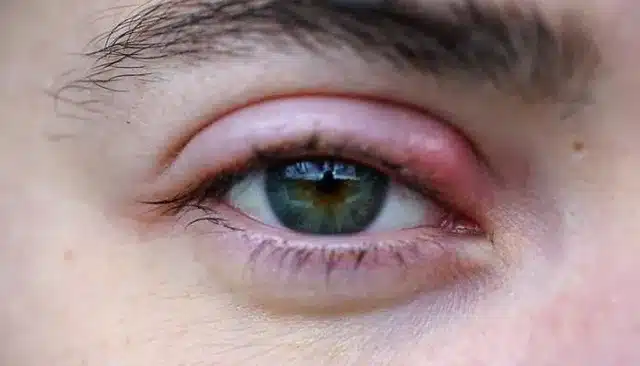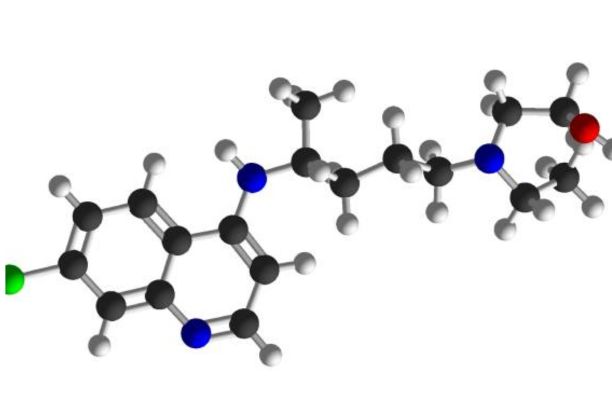If you see your dog rubbing on a dead animal, it is important to take steps to prevent them from doing so. This may involve redirecting their attention to something else, such as a toy or treat. It is also important to keep your dog up-to-date on their vaccinations and deworming treatments to help protect them from diseases and parasites that can be transmitted from dead animals.
Why are Dogs Attracted to Dead Animals?
Dogs are attracted to dead animals for a variety of reasons. Some of the most common reasons include:
Scent: Dead animals emit a strong scent that is attractive to dogs. This scent is caused by the decomposition of the animal’s body, which releases various chemicals, including sulfur compounds and amines.
Hunger: Dogs are scavengers by nature, and they may be drawn to dead animals as a source of food. This is especially true if the dog is hungry or does not have access to other food sources.
Curiosity: Dogs are also curious creatures, and they may be interested in investigating dead animals simply because they are new and different.
Play: Puppies and young dogs may rub on dead animals as a form of play. They may also do this to mark their territory or to show dominance over other dogs.
Is it safe for dogs to rub on dead animals?
No, it is not safe for dogs to rub on dead animals. Dead animals can carry a variety of diseases and parasites, which can be transmitted to dogs through contact with the animal’s skin, fur, or body fluids. Some of the most common diseases that can be transmitted from dead animals to dogs include:
Salmonella: Salmonella is a bacteria that can cause diarrhea, vomiting, and fever in dogs.
E. coli: E. coli is another bacteria that can cause diarrhea, vomiting, and fever in dogs. It can also cause more serious illnesses, such as kidney failure and h/molytic uremic syndrome.
Campylobacter: Campylobacter is a bacteria that can cause diarrhea, vomiting, and fever in dogs. It can also cause more serious illnesses, such as Guillain-Barré syndrome.
Leptospirosis: Leptospirosis is a bacterial disease that can cause kidney failure, liver failure, and other serious illnesses in dogs.
Parasitic infections: Dead animals can also carry a variety of parasites, such as roundworms, hookworms, and tapeworms. These parasites can cause a variety of health problems in dogs, including weight loss, diarrhea, and vomiting.
Why Do Dogs Rub on Dead Animals?
Whatever the reason, it is important to discourage your dog from rolling in dead animals. This is because dead animals can carry diseases and parasites that can be harmful to dogs. If your dog does roll in a dead animal, bathe them as soon as possible to remove the smell and any potential contaminants.
Dogs roll in smelly things, including dead animals, for a variety of reasons.
To mask their scent. In the wild, wolves and other canines roll in dead animals to mask their scent while hunting. This helps them to sneak up on their prey without being detected. Domestic dogs may still have this instinct, even though they no longer need to hunt for their food.
To mark their territory. Dogs have scent glands on their paws and throughout their bodies. When they roll in something smelly, they are leaving their scent behind. This is a way for them to mark their territory and to communicate with other dogs.
To show off. If a dog finds a dead animal, it may roll in it to show off to other dogs. This is a way of saying, “Look what I found!” or “I’m the boss here.”
Because they like the smell. Dogs have a much stronger sense of smell than humans do, and they are attracted to all sorts of scents that we find unpleasant. They may simply enjoy the smell of a dead animal, or they may find it to be a stimulating and exciting scent.
How to Keep Your Dog from Rolling on Dead Animals
Here are some tips on how to keep your dog from rolling on dead animals:
Train your dog from a young age. The earlier you start training your dog, the easier it will be to teach them not to roll on dead animals. Puppies are eager to learn, so take advantage of this time to teach them basic commands such as “come,” “sit,” and “stay.” Once they have mastered these commands, you can start teaching them more complex commands such as “leave it.”
Socialize your dog. Socializing your dog will help them learn how to behave in different situations. It will also help them become more desensitized to new stimuli, such as the smell of dead animals. When socializing your dog, take them to different places such as the park, the beach, and the pet store. Expose them to different people, animals, and objects.
Keep your dog on a leash when outdoors. This will help you keep control of your dog and prevent them from rolling on dead animals. If you see a dead animal on the ground, distract your dog with a toy or treat and then lead them away from the animal.
Be consistent. It is important to be consistent with your training and discipline. If you allow your dog to roll on dead animals sometimes, but not other times, they will be confused. Be consistent with your commands and rewards, and your dog will eventually learn that rolling on dead animals is not acceptable behavior.
Positive reinforcement. Positive reinforcement is the most effective way to train your dog. When your dog behaves in a way that you approve of, reward them with a treat, praise, or petting. This will help them learn to associate good behavior with rewards.
Be patient. It takes time and patience to train a dog not to roll on dead animals. Don’t get discouraged if your dog doesn’t learn right away. Just keep practicing and eventually they will get it.
If you are having trouble training your dog not to roll on dead animals, you may want to consider hiring a professional dog trainer. They can help you develop a training plan and teach you how to train your dog effectively.
Here are some additional tips that may help:
Avoid taking your dog to areas where they are likely to encounter dead animals, such as wooded areas or near farms.
If you see a dead animal while you are walking your dog, try to distract them with a toy or treat and then lead them away from the animal.
If your dog does roll on a dead animal, wash them thoroughly with soap and water as soon as possible.
If your dog is particularly persistent about rolling on dead animals, you may want to consider using a citronella spray or other deterrent.
It is important to be patient and consistent with your training. With time and effort, you can teach your dog not to roll on dead animals.
How to Get the Dead Animal Smell Out of Your Dog’s Fur
Tips on how to get the dead animal smell out of your dog’s fur:
Bathe your dog as soon as possible. Use a shampoo that is specifically designed for dogs, and be sure to rinse it thoroughly. You may need to bathe your dog more than once to get all of the smell out.
Use a baking soda paste. Mix baking soda with water to form a paste, and then apply it to your dog’s fur. Let the paste sit for a few minutes, then rinse it off. Baking soda is a natural deodorizer that can help to remove the dead animal smell.
Use a vinegar rinse. After bathing your dog, rinse their fur with a mixture of vinegar and water. Vinegar is another natural deodorizer that can help to remove the dead animal smell.
Brush your dog’s fur regularly. Brushing will help to remove any loose hair or dirt, which can trap odors.
Use a pet-safe air freshener. If the dead animal smell is still present after bathing and brushing, you can use a pet-safe air freshener to help mask the odor.
Here are some additional tips:
If your dog has rolled around in a dead animal, you may need to trim their fur in the affected area.
If your dog has long fur, you may need to part their fur and apply the baking soda paste or vinegar rinse directly to their skin.
Be careful not to get any of the baking soda paste or vinegar rinse in your dog’s eyes or ears.
If your dog has any allergies, be sure to test the baking soda paste or vinegar rinse on a small area of their skin before using it all over.
If you have tried all of these tips and the dead animal smell is still present, you may need to take your dog to a professional groomer.
Why rolling in carcasses is dangerous for your dog’s health
Rolling in carcasses is dangerous for your dog’s health for a number of reasons.
Parasites: Carcasses can be infested with a variety of parasites, including fleas, ticks, and mites. These parasites can attach to your dog’s skin and fur, causing irritation, inflammation, and even infection.
Bacteria: Carcasses can also harbor harmful bacteria, such as Salmonella and E. coli. These bacteria can cause a variety of illnesses in dogs, including diarrhea, vomiting, and fever. In severe cases, bacterial infections can lead to dehydration, shock, and even death.
Viruses: Carcasses can also transmit viruses to dogs, such as rabies and parvovirus. Rabies is a deadly virus that can affect the brain and nervous system. Parvovirus is a highly contagious virus that can cause severe diarrhea, vomiting, and dehydration in puppies and young dogs.
Toxins: Carcasses may also contain toxins, such as poisons or chemicals. If your dog ingests a carcass that contains toxins, it could become very sick or even die.
In addition to the health risks, rolling in carcasses is also simply unsanitary. It can leave your dog smelling foul and can attract other pests, such as flies and maggots.
If you see your dog rolling in a carcass, it is important to remove them from the area and bathe them immediately. You should also contact your veterinarian to have them checked for any parasites, bacteria, or viruses.
Can dogs get sick from rolling in dead animals?
Yes, dogs can get sick from rolling in dead animals. Dead animals can carry bacteria and parasites that can cause illness in dogs. Some of the diseases that dogs can contract from rolling in dead animals include:
Salmonellosis: This is a bacterial infection that can cause diarrhea, vomiting, fever, and lethargy in dogs.
Leptospirosis: This is a bacterial infection that can cause fever, muscle pain, jaundice, and kidney failure in dogs.
Tetanus: This is a bacterial infection that can cause muscle spasms, stiffness, and seizures in dogs.
Roundworms and hookworms: These are parasites that can cause diarrhea, weight loss, and anemia in dogs.
Ticks and fleas: These parasites can transmit diseases such as Lyme disease, Rocky Mountain spotted fever, and ehrlichiosis to dogs.
If you see your dog rolling in a dead animal, it is important to wash them thoroughly with soap and water. You should also take them to the vet to check for any signs of illness.
Conclusion
Dogs rub on dead animals for a variety of reasons, including marking their territory, covering up their own scent, transferring the scent of the dead animal to themselves, and investigating the dead animal. The behavior can vary depending on the individual dog’s personality, breed, and experiences.






